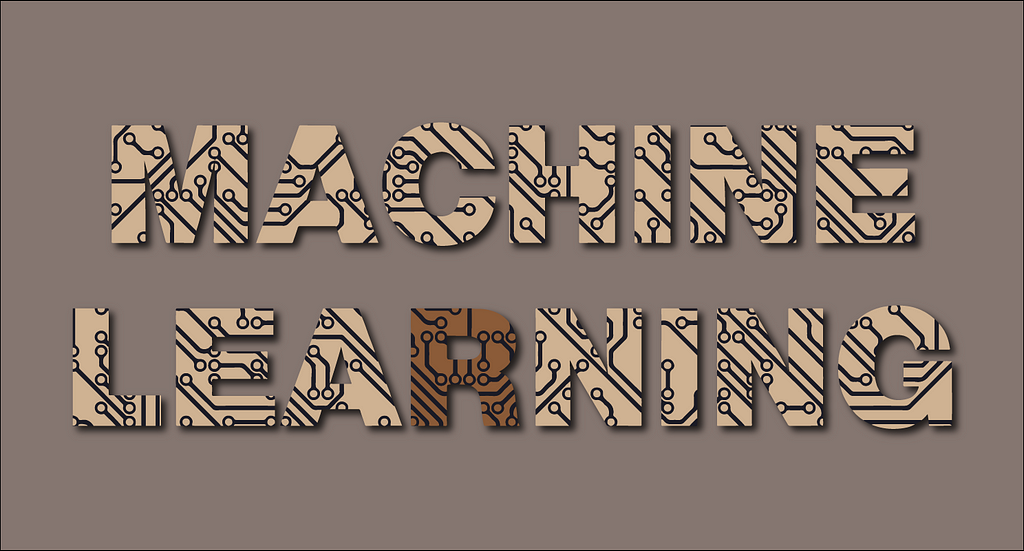Latest news about Bitcoin and all cryptocurrencies. Your daily crypto news habit.
 And you thought it wasn’t easy, It seems like a Pacific Ocean for many difficult problems (of course it is not 😉).
And you thought it wasn’t easy, It seems like a Pacific Ocean for many difficult problems (of course it is not 😉).
R?! Shouldn't I be using Python? Am I out of my mind to try those hefty calculations in R? Am I trying to act cool by using a language that is not Python or JavaScript? Short Answer: No. I am not drunk.
According to Arthur Samuel, Machine Learning provides computers with the ability to learn without being explicitly programmed. In other words, it gives computer the ability to learn on their own and execute the correct instructions, without you providing them directions.
Short Description Of R Programming
1.What Is R?
R is perhaps one of the most powerful and most popular platforms for statistical programming and applied machine learning.
R is a open source environment for statistical programming and visualization.
R is a number of things, which might be confusing at first.
- R is a computer language. It is a variant of Lisp and you can write programs in it.
- R is an interpreter. It can parse and execute R scripts (programs) that are typed in directly or loaded from a file with a .R extension.
- R is a platform. It can create graphics to be displayed on the screen or saved to file. It can also prepare models that can be queried and updated.
You may want to write R scripts in files and run them in batch mode using the R interpreter to get results such as tables or graphics. You may want to open the R interpreter and type in commands to load data, explore and model it in an ad hoc manner.
2.Where R Come From?
R was created by Ross Ihaka and Robert Gentleman at University of Auckland, New Zealandas an implementation of the S programming language. Development started in 1993. A version was made available on FTP released under the GNU GPL in 1995. The larger core group and open source project was setup in 1997.
It started as an experiment by the authors to implement a statistical test bed in Lisp using a syntax like that provided in S. As it developed, it took on more of the syntax and features of S, eventually surpassing it in capability and scope.
3.The Key Features of R
R is a tool to use when you need to analyze data, plot data or build a statistical model for data. It is ideal for one-off analyses prototyping and academic work, but not suited to building models to be deployed in scalable or operational environments.
4.Benefits of R
There are three key benefits to R:
- Open Source: R is free and open source. You can download it right now and start using it at no cost. You can read the source code, learn from it and modify it to meet your needs. Simply Amazing.
- Packages: R is popular because it has a vast number of very powerful algorithms implemented as third party libraries called packages. It is common for academics in statistical fields to release their methods as R packages, meaning that you have direct access to some state-of-the-art methods.
- Maturity: R is inspired by propriety statistical language S, using and improving the idioms and metaphors useful for statistical computing, like working in matrices, vectors and data frames.
5.Who is Using R?
Commercial companies now support R. For example, Revolution R is a commercially supported version of R with extensions useful for enterprise such as an IDE. Oracle, IBM, Mathematica, MATLAB, SPSS, SAS, and others provide integration with R and their platforms.
The Revolution Analytics blog also provides a long list of companies publicly declaring their adoption of the platform.
The Kaggle platform for data science competitions and the KDnuggets polls both point out R as the most popular platform for successful practicing data scientist.
Summary
In this post you got Short Description Of R Programming. This article’s 2nd part coming very soon. Stay with us.Thanks my writing partner Sazidur Rahman.
Origin of R and It’s Application In Machine Learning Part-1 was originally published in Hacker Noon on Medium, where people are continuing the conversation by highlighting and responding to this story.
Disclaimer
The views and opinions expressed in this article are solely those of the authors and do not reflect the views of Bitcoin Insider. Every investment and trading move involves risk - this is especially true for cryptocurrencies given their volatility. We strongly advise our readers to conduct their own research when making a decision.

